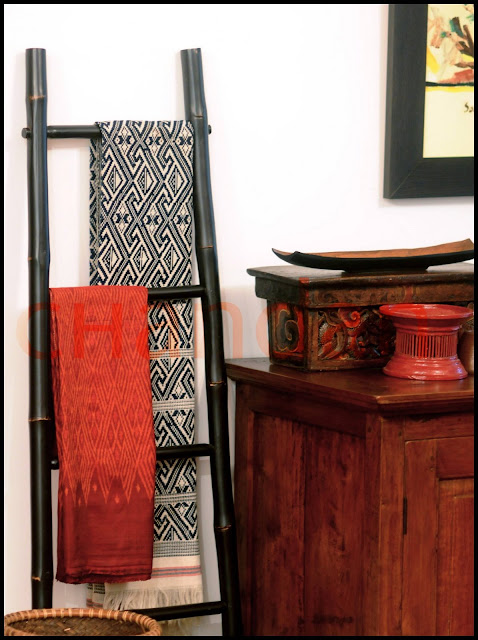I have been tagged... Its been a month since blogger buddies, Dithi and Jagriti urged me to put down six things about me before I could pass on the pickle to another six people.
Although it sounds easy, I have taken my time with this one. If there are only six things to say, like only six things mattered, what would one say and what would one leave out?
Instead of spending too much time procrastinating about what it will be and why, I'll post pictures of six things I made at pottery class a few years ago.
What is important about these six things is that they are really bad, quite the opposite of the magnificent artistic game plan with which I approached them. Please understand that these misadventures in amateurish shapes and awful glazes are more about the love than success.
Despite my perseverance and complete dedication, I never graduated beyond hand-building. The few sessions I spent in the studio were usually a complete waste of time, but how I enjoyed myself!
Beating mounds of hardened clay down to smooth malleability, the squish and slurp of slurry.. the hours of contemplating singular shapes, the intense meditation it is possible to achieve and the labour of it all.. Sometimes after the class, the only thing that would bring me back from the pure state of zen I'd achieve in the preceding two hours was the sight of the monstrosity staring back at me from the work table.
So it is with a lot of courage and apprehension that I will unveil if only for the sake of the tag, six terrifying signs of a failed potter... again and again, you are urged to look on only at the love.
 Now for the six people who I am going to pass the tag on to,
Now for the six people who I am going to pass the tag on to,
and
Rules
1. Link to the person who tagged you.
2. Post the rules on your blog.
3. Write six random things about yourself.
4. Tag six people at the end of your post and link to them.
5. Let each person know they’ve been tagged and leave a comment on their blog.
6. Let the tagger know when your entry is up.
There guys, happy tagging and happier blogging.




















